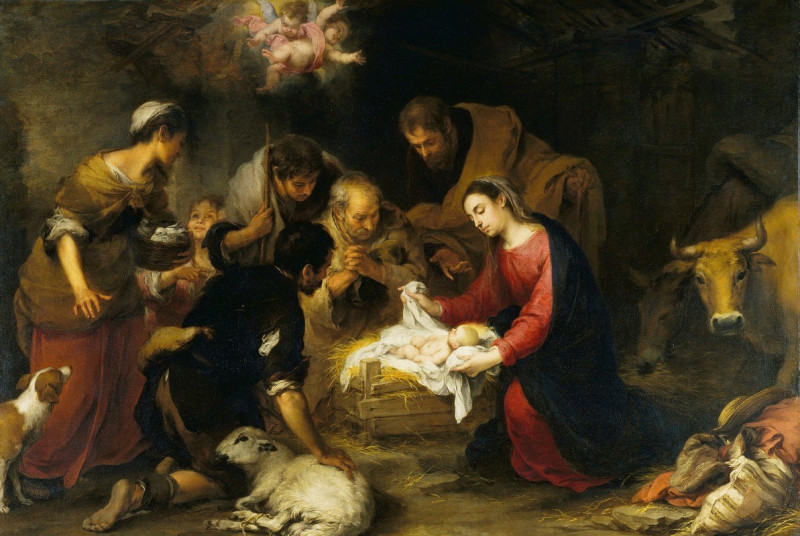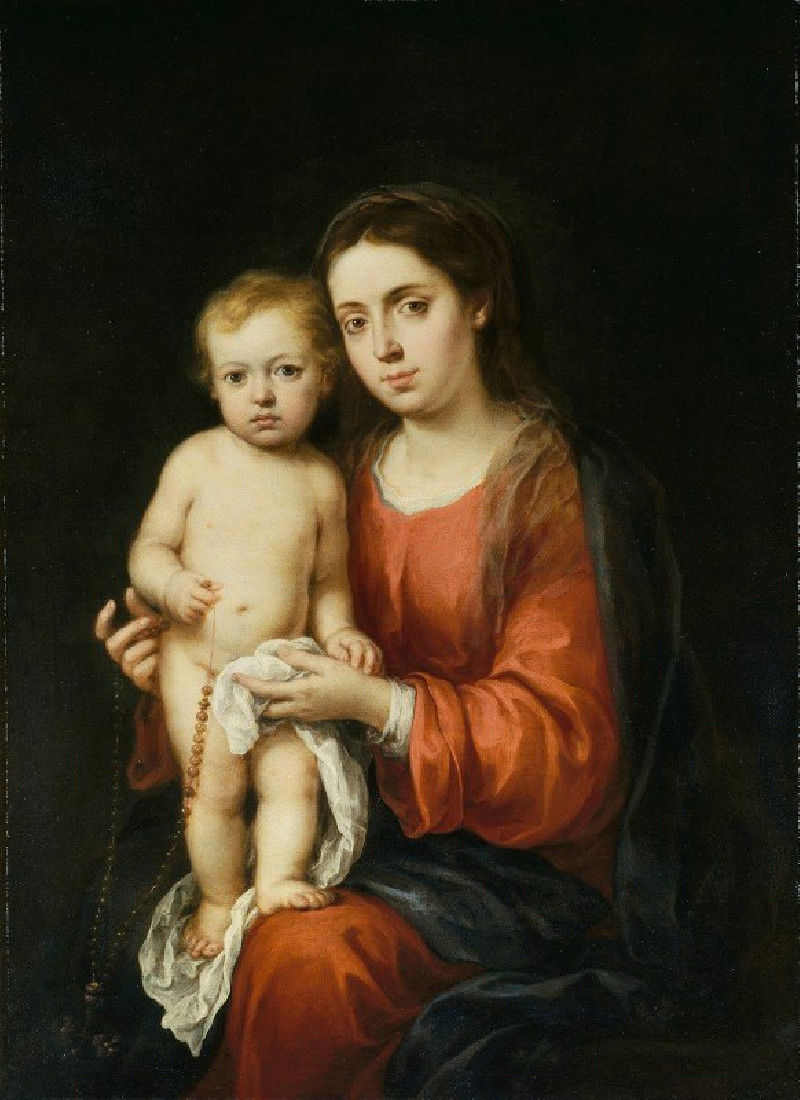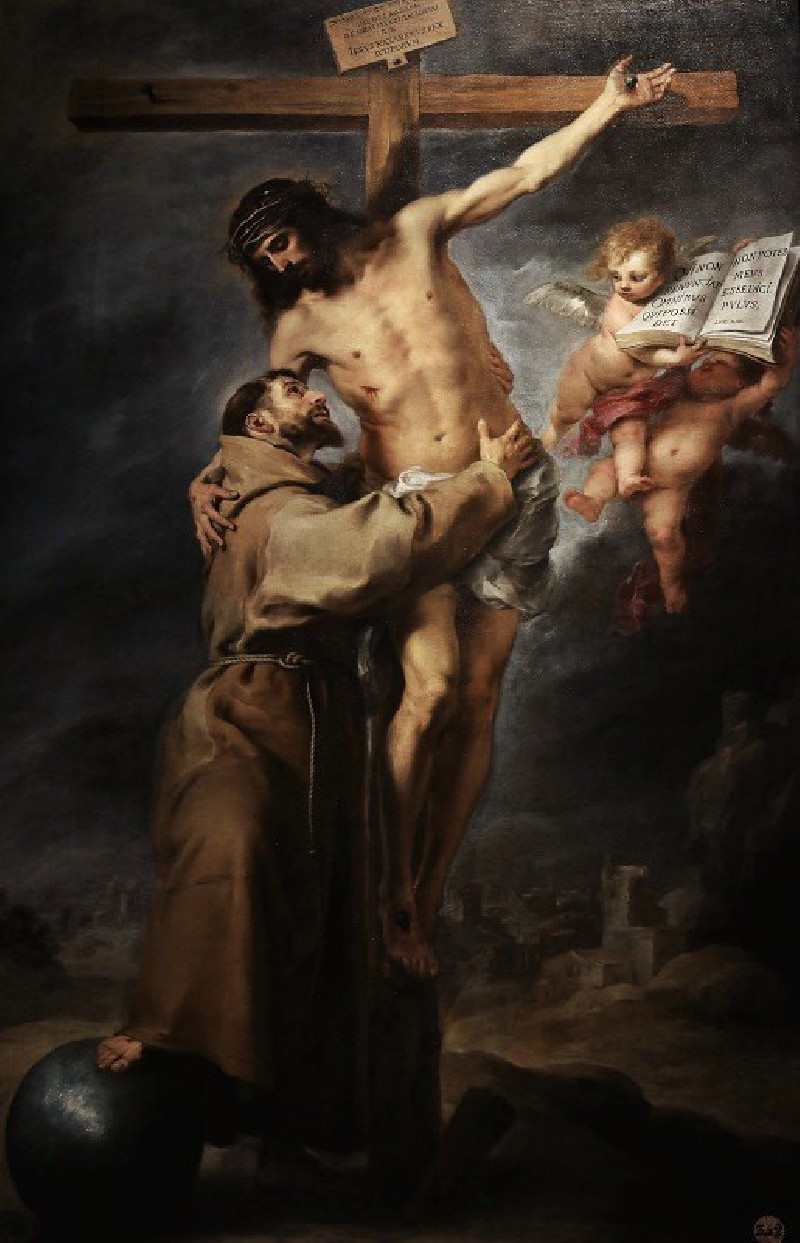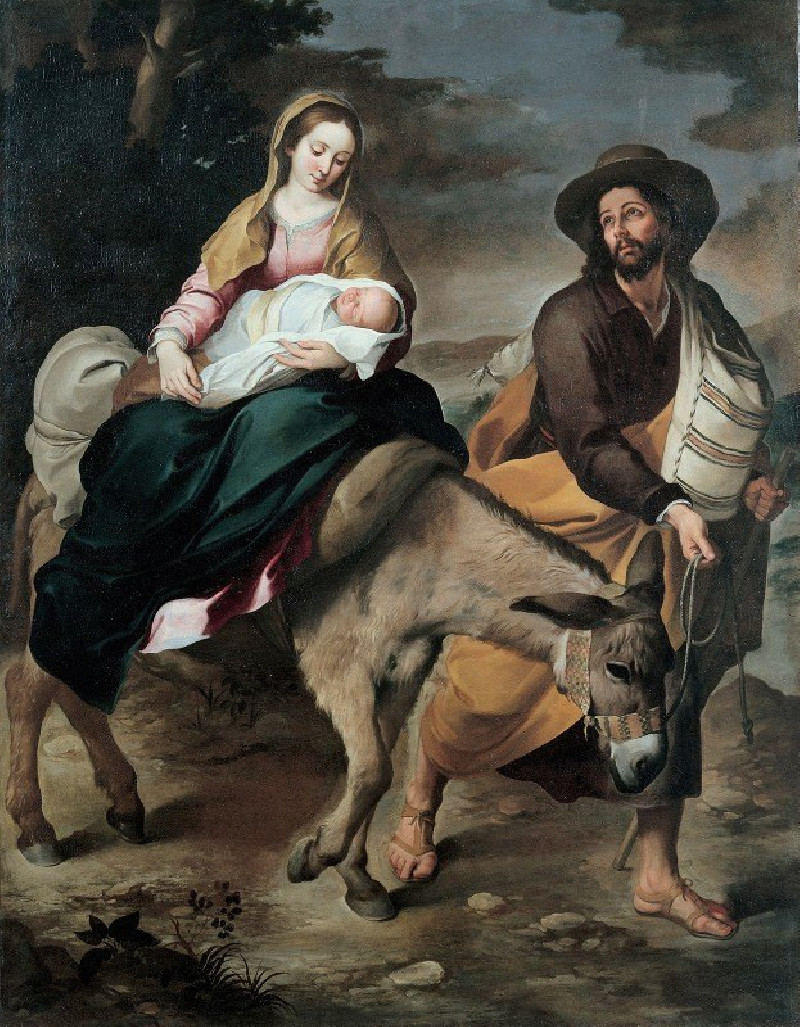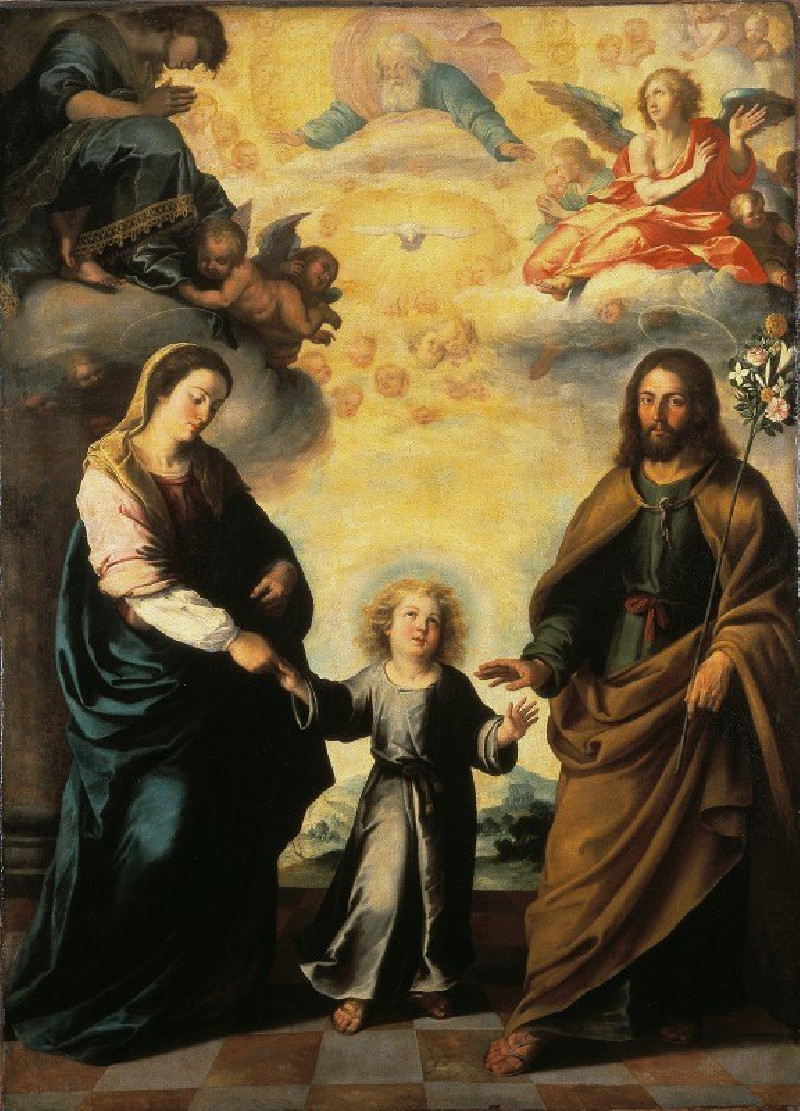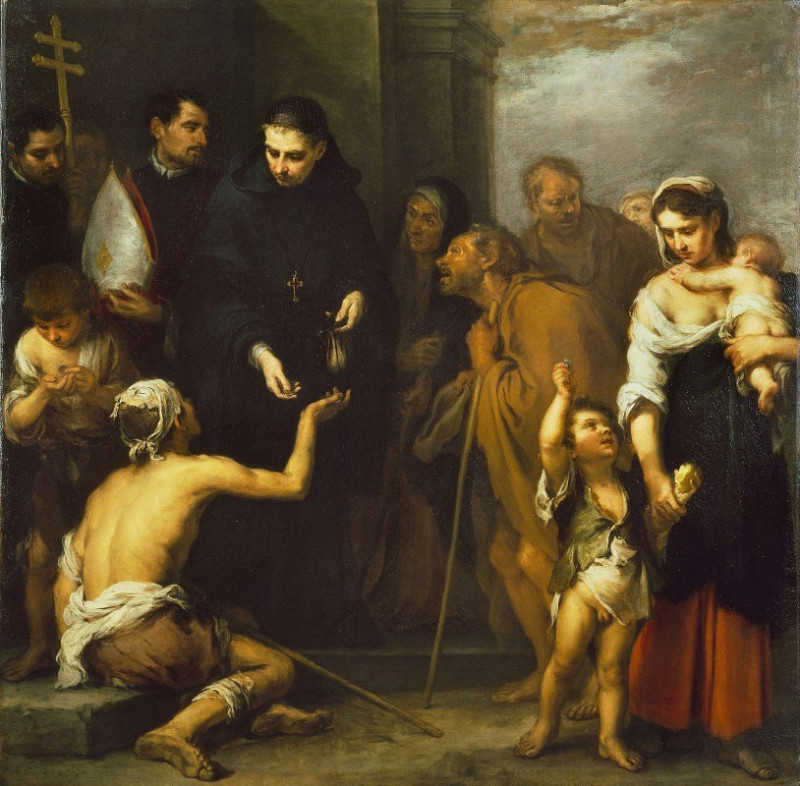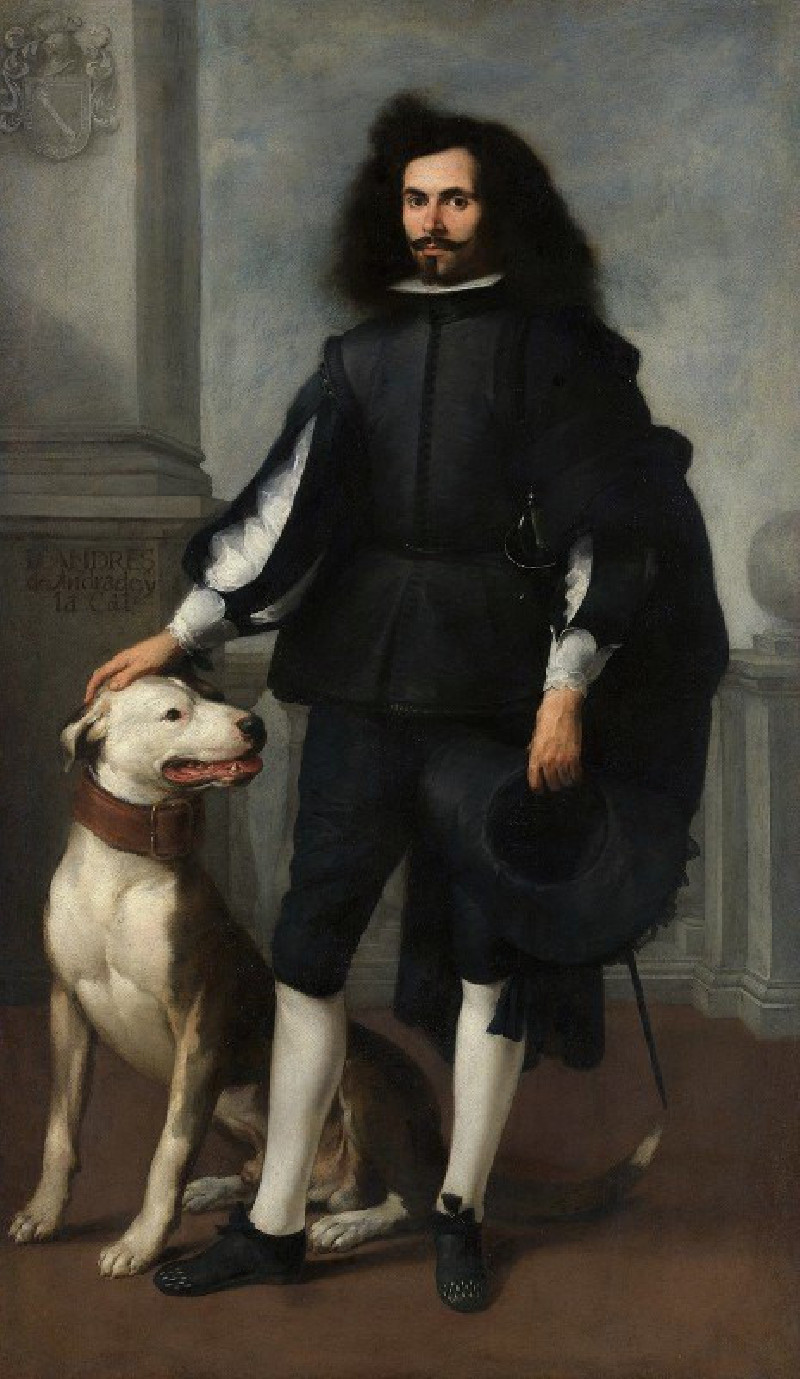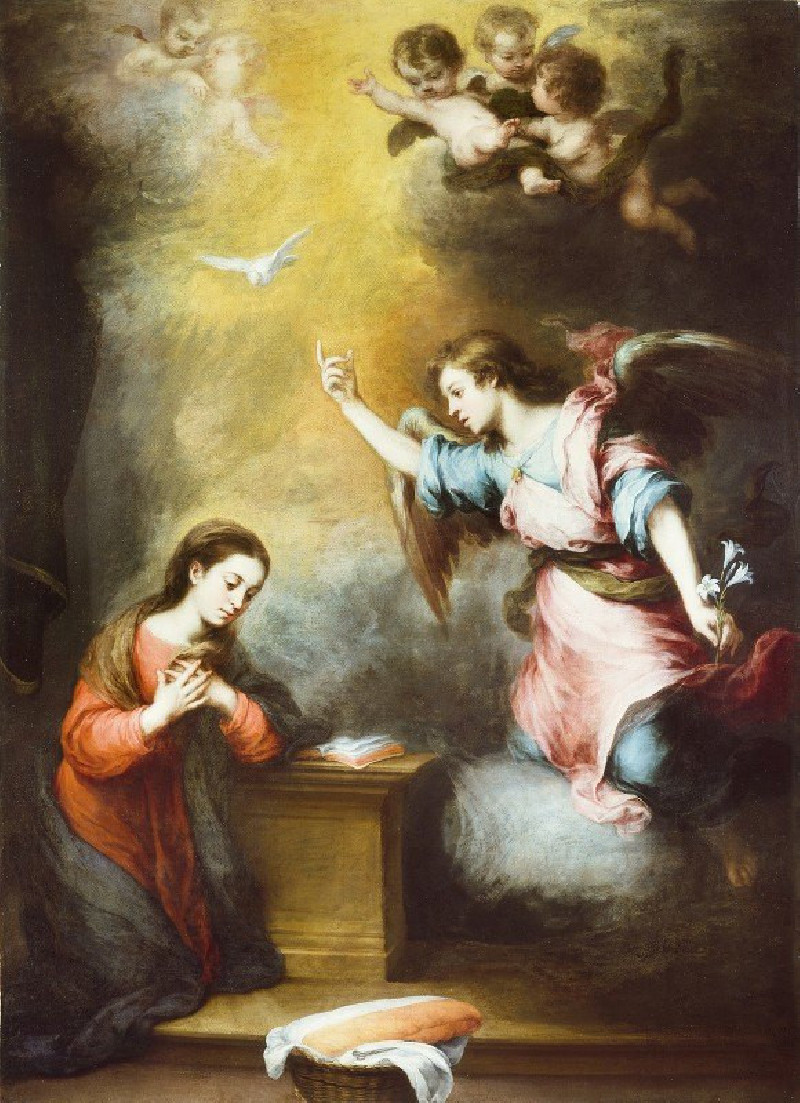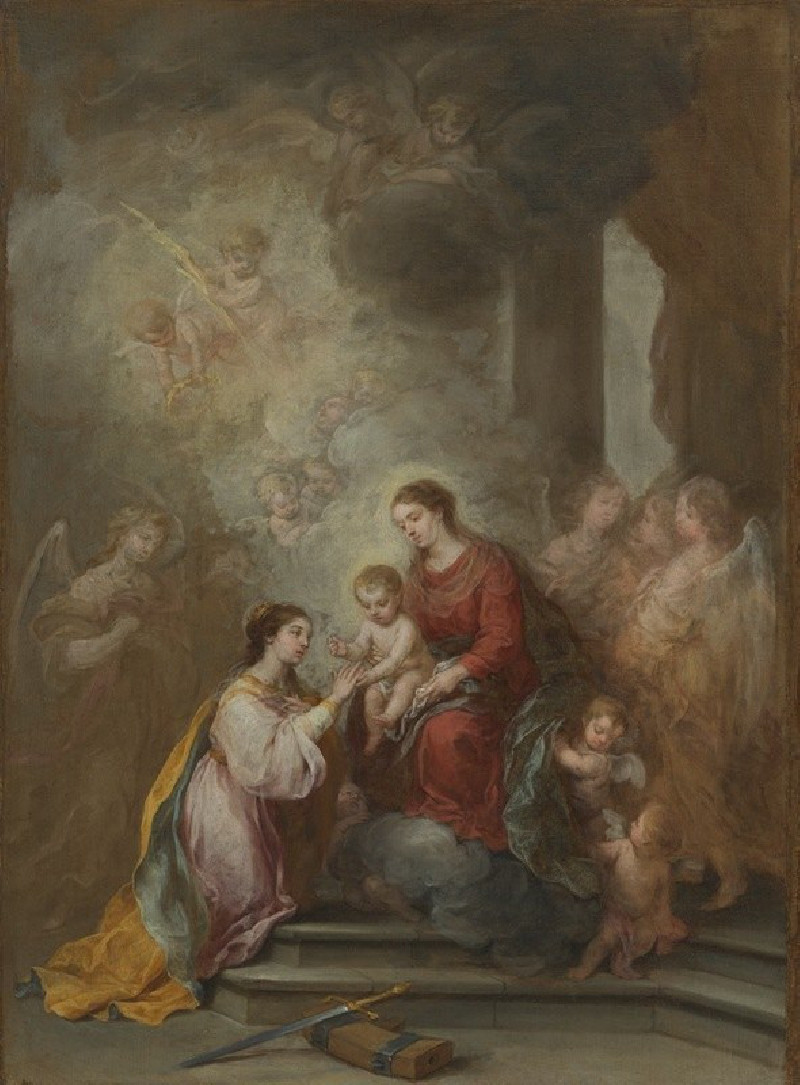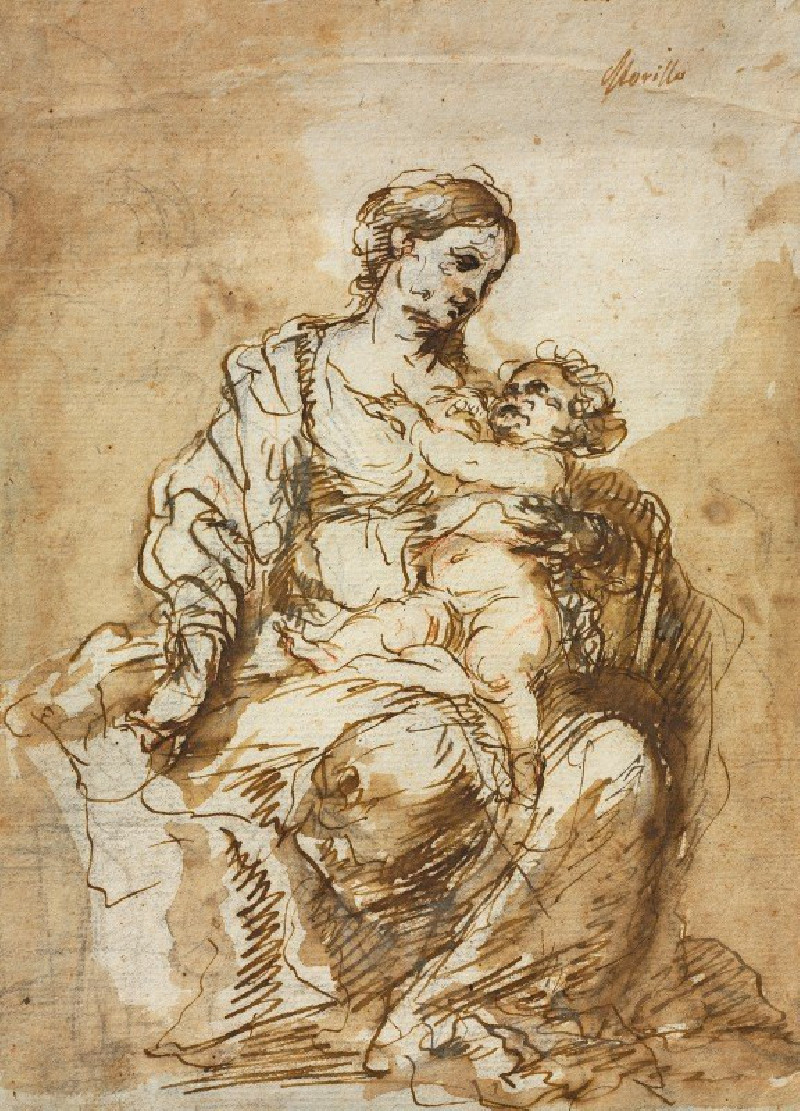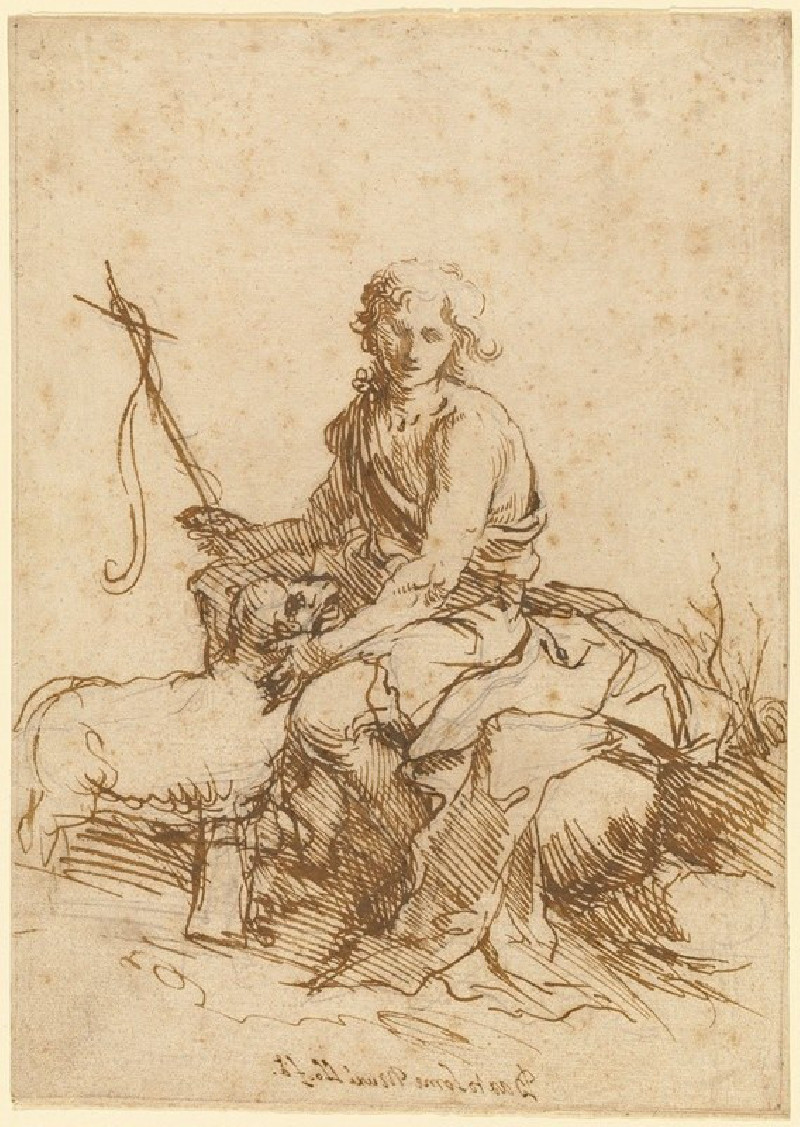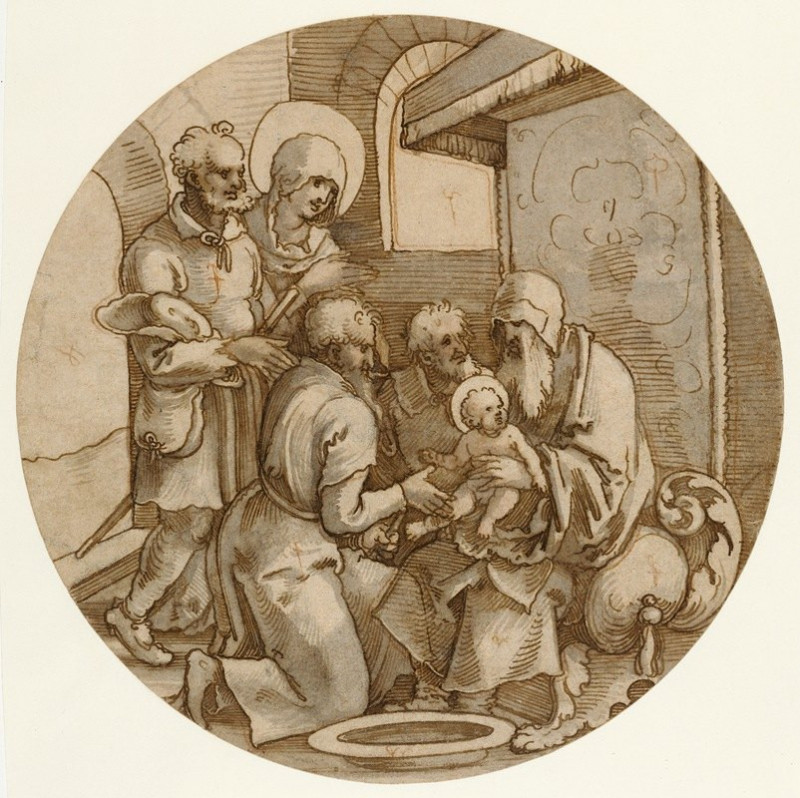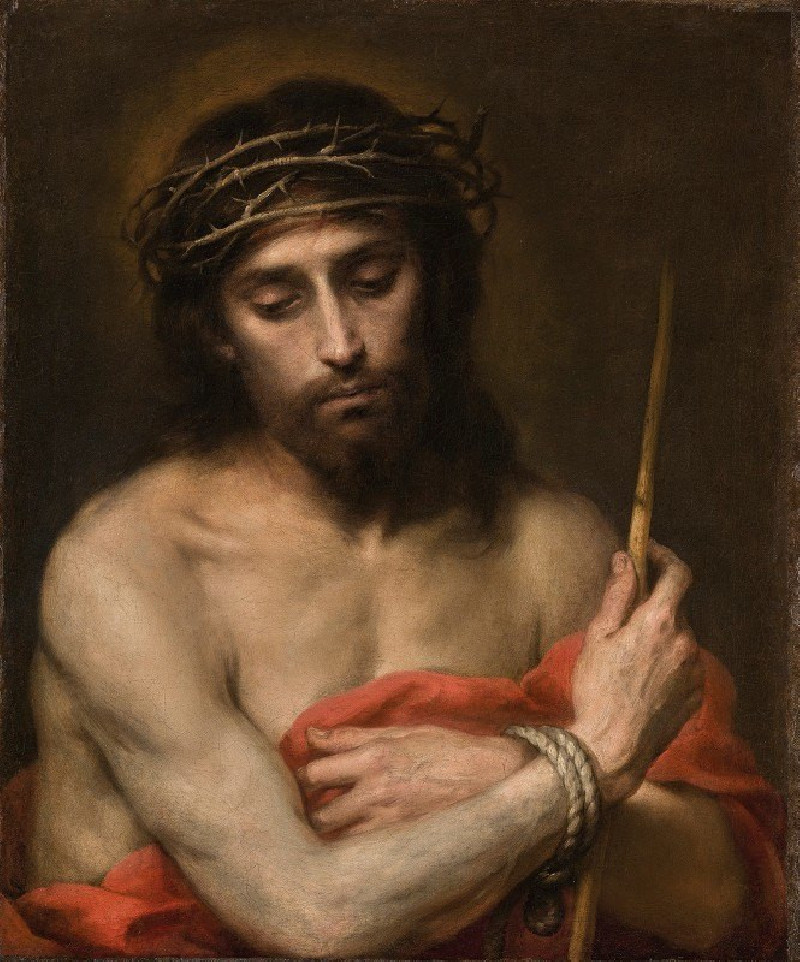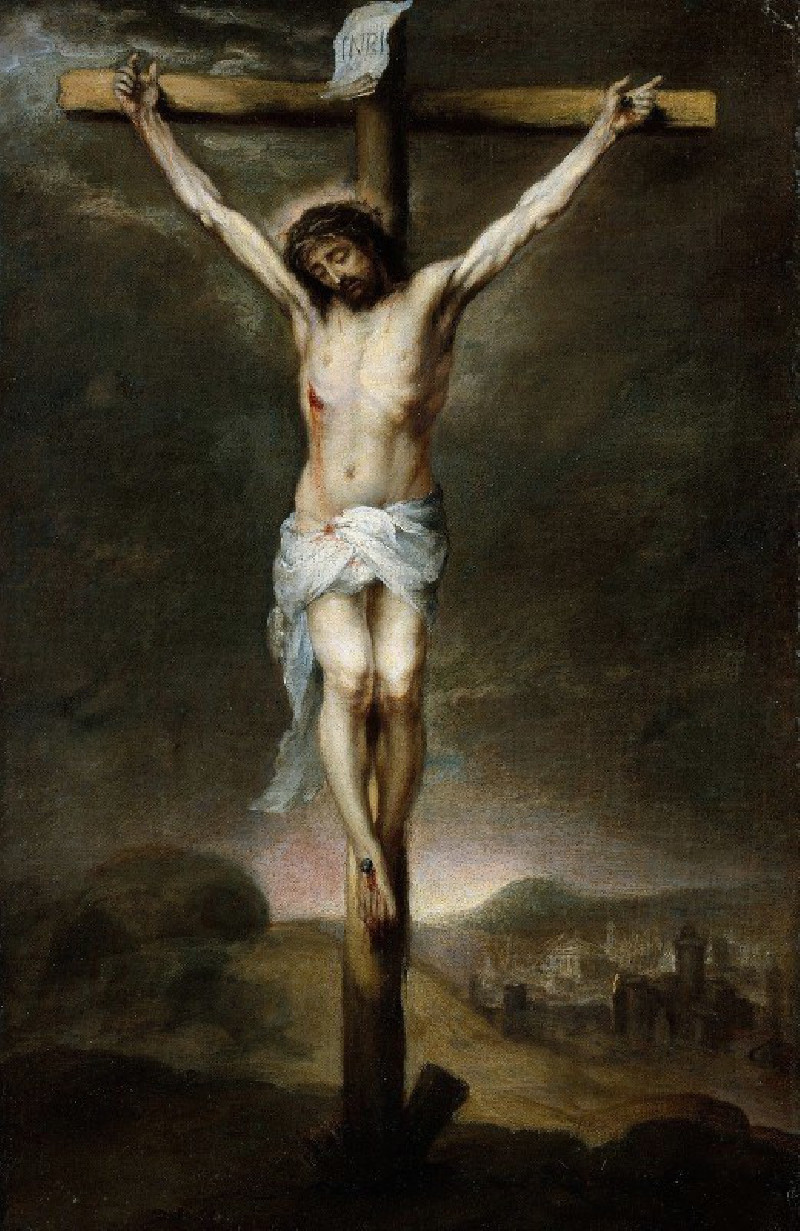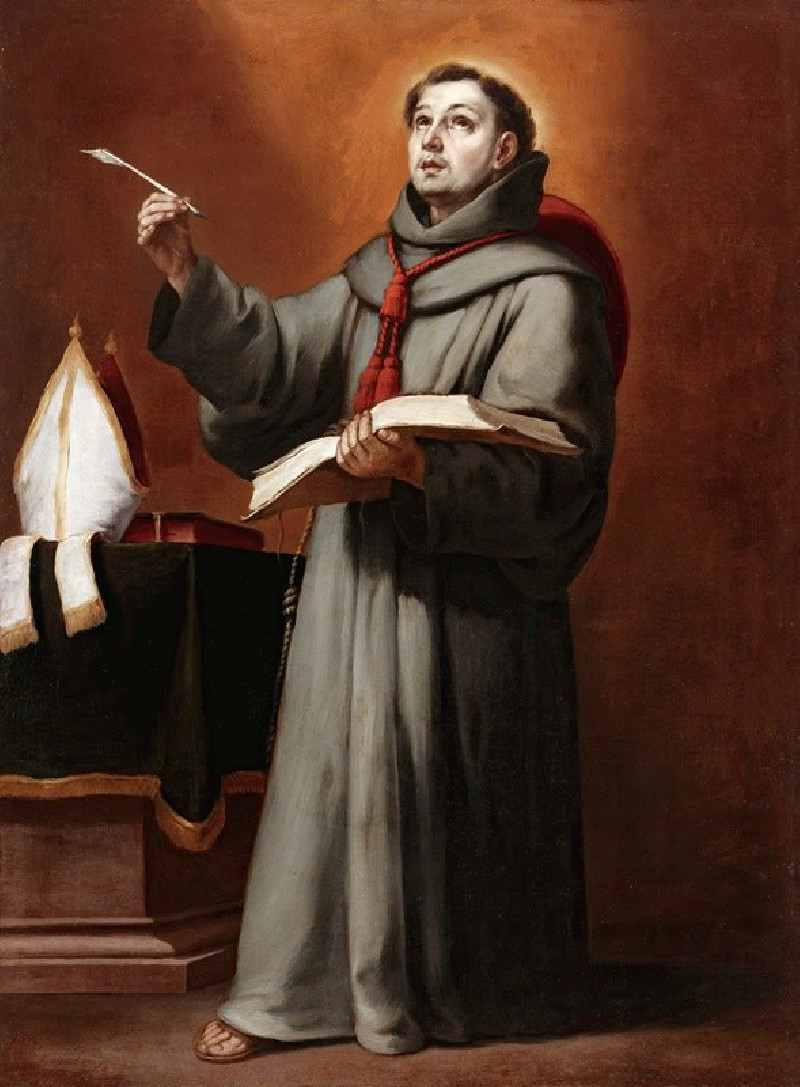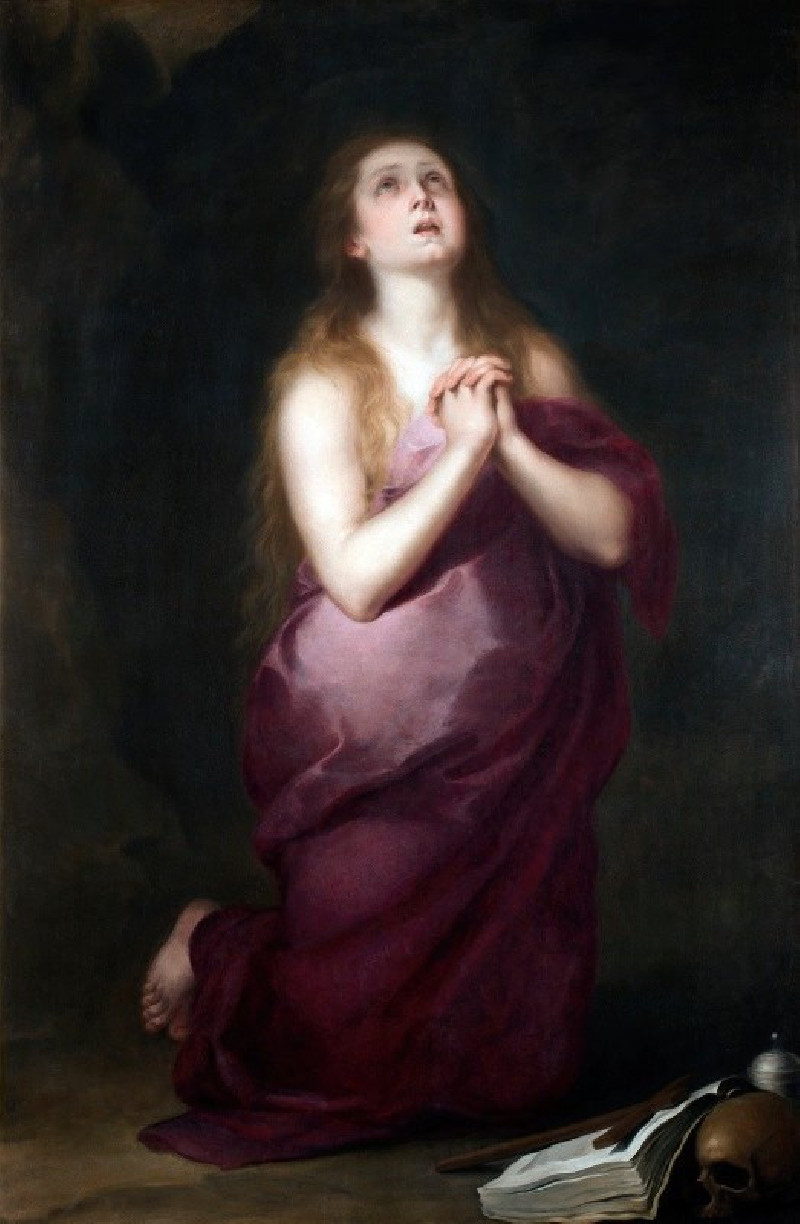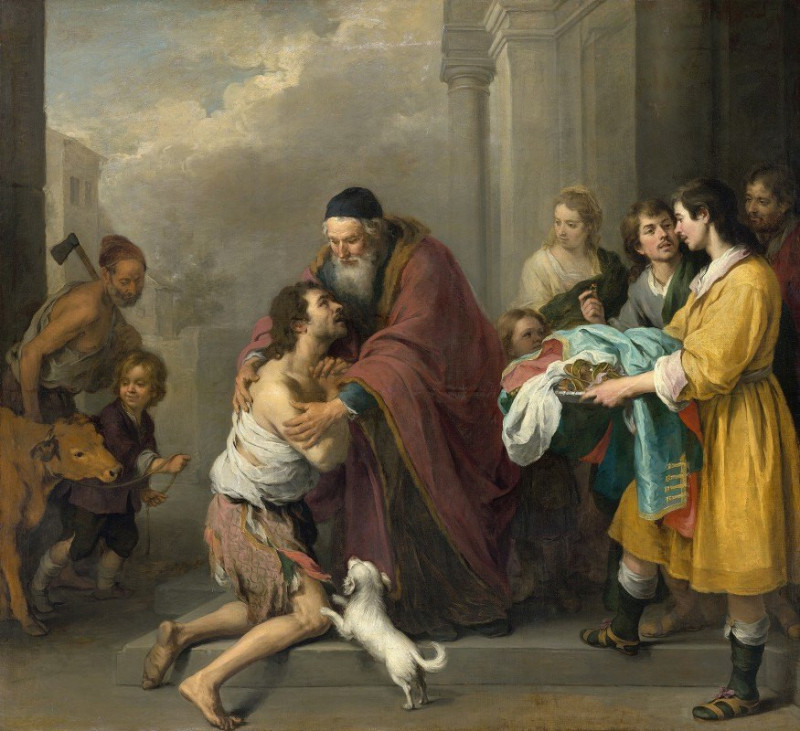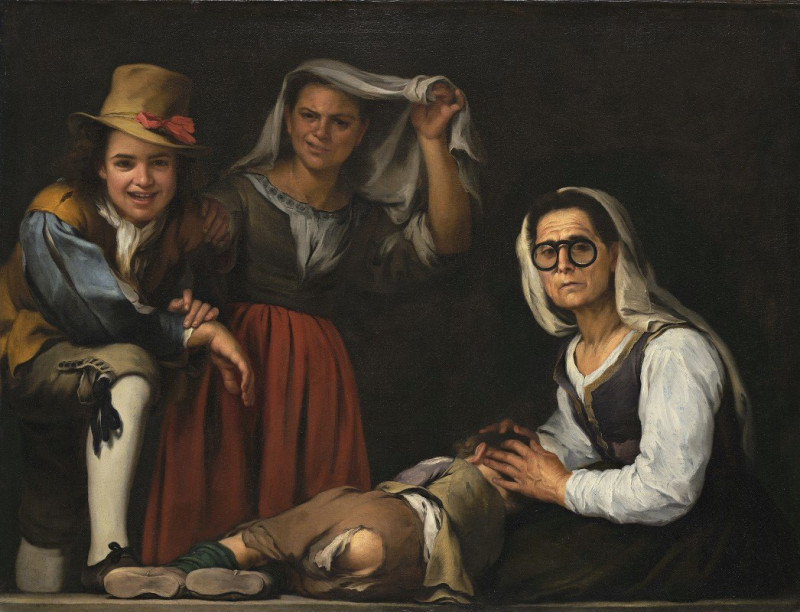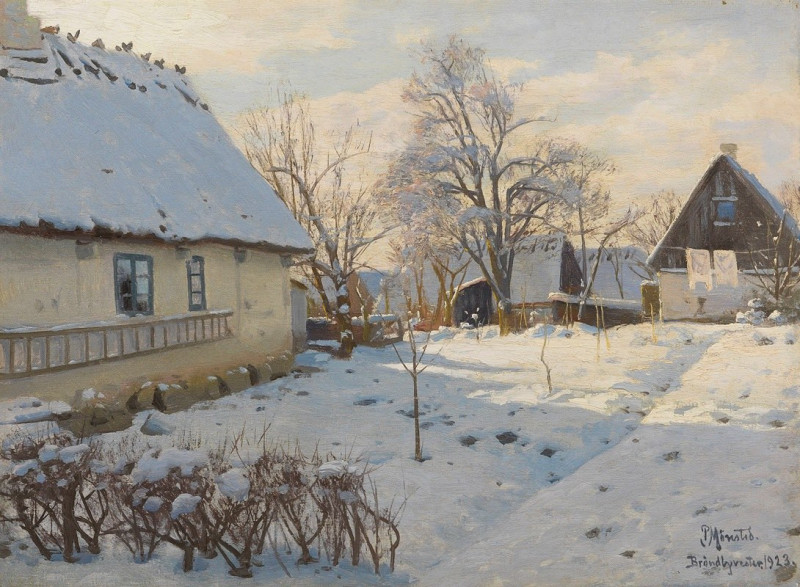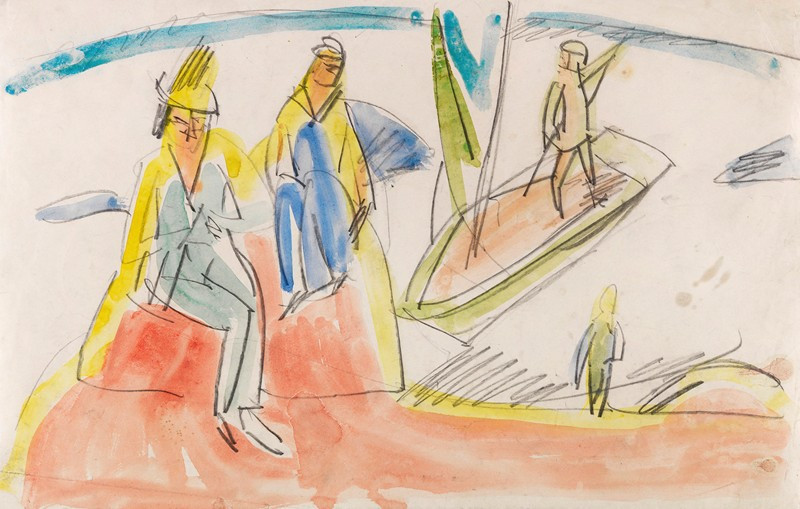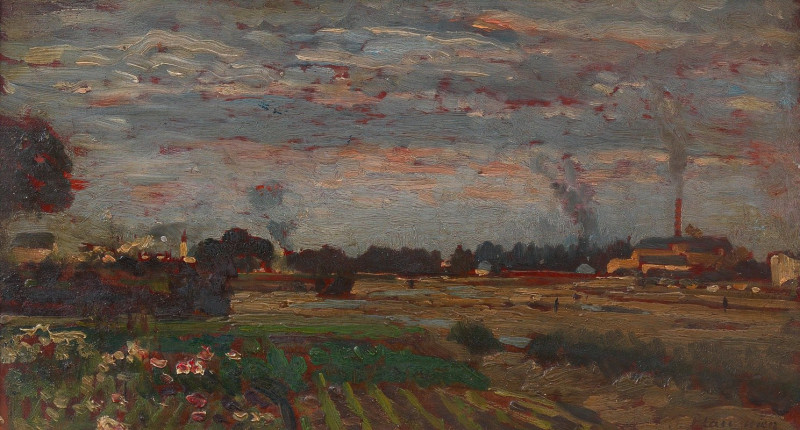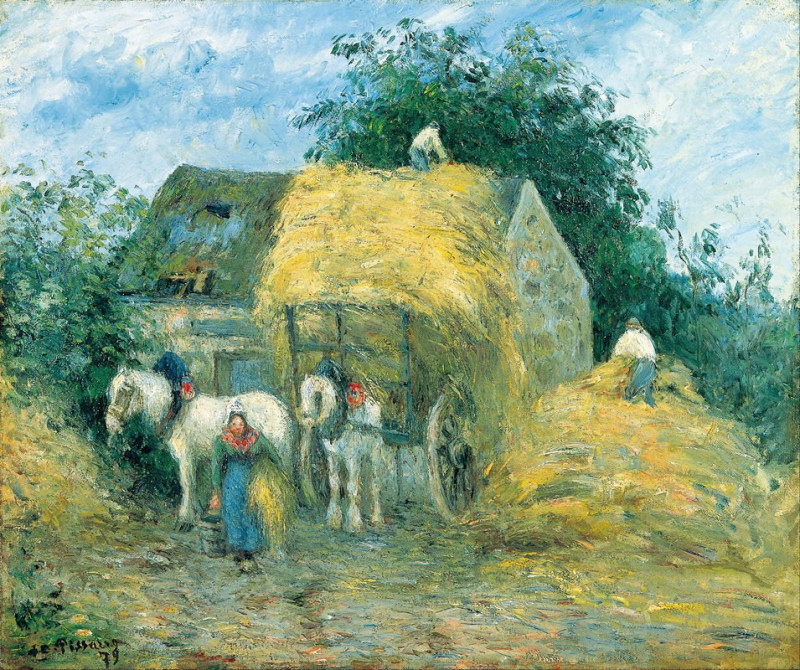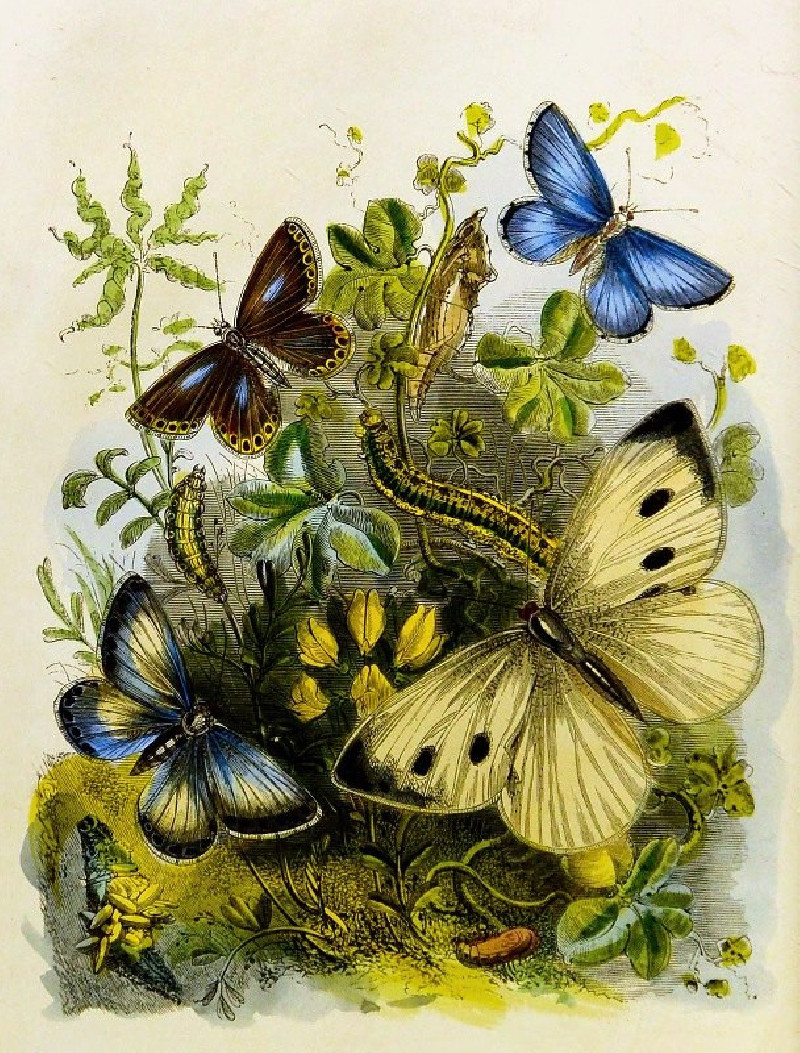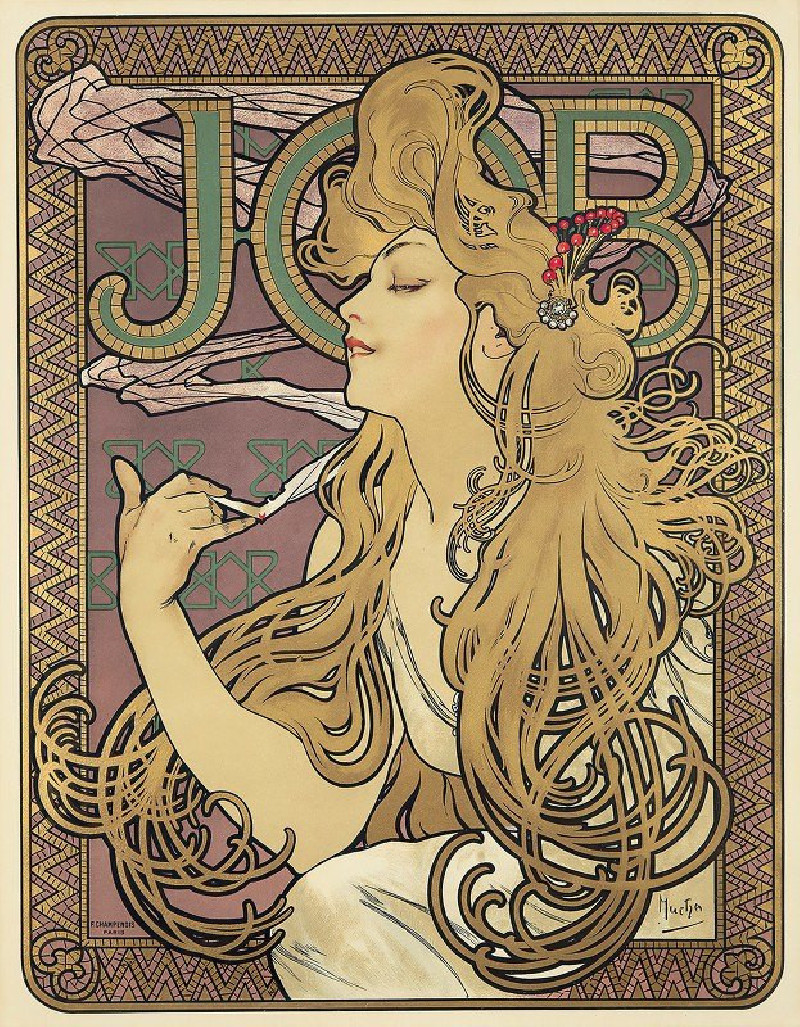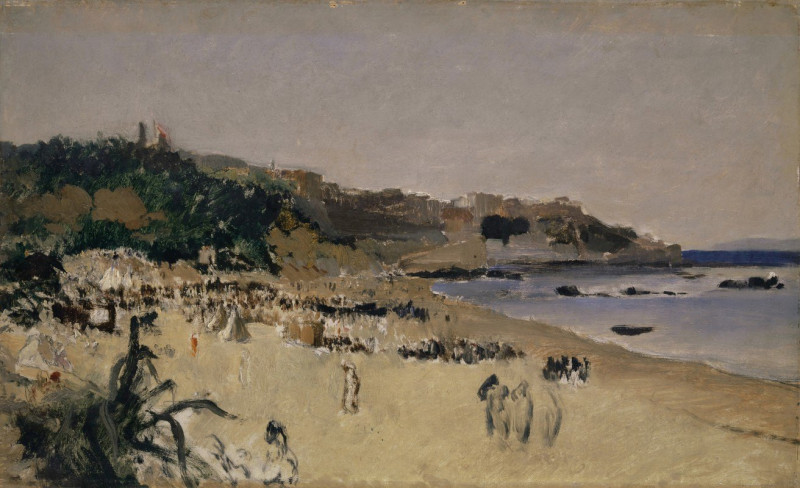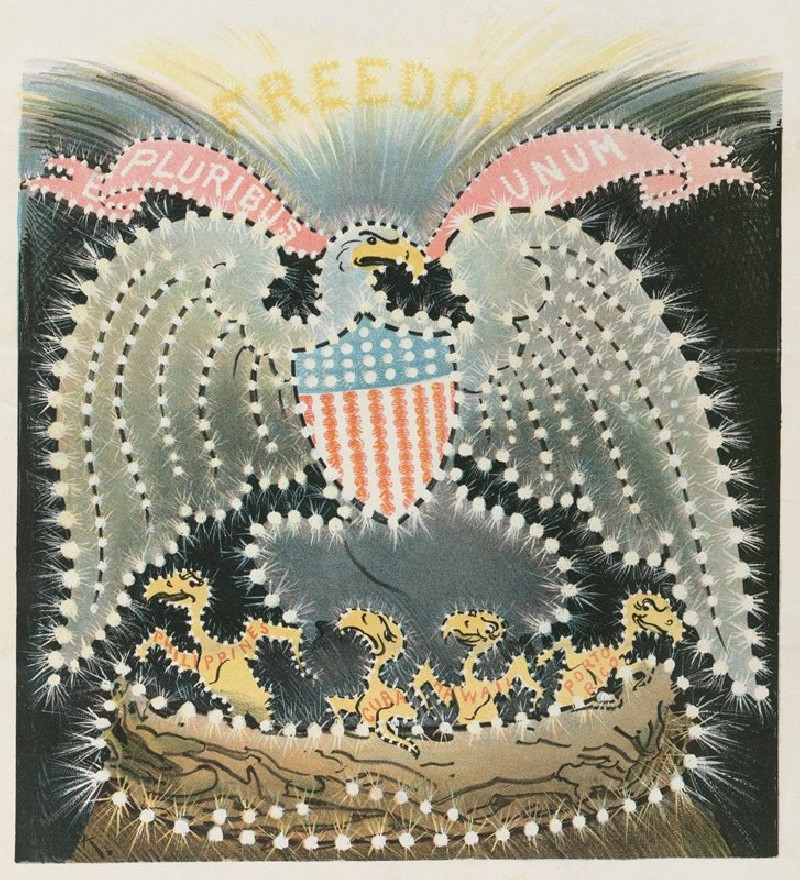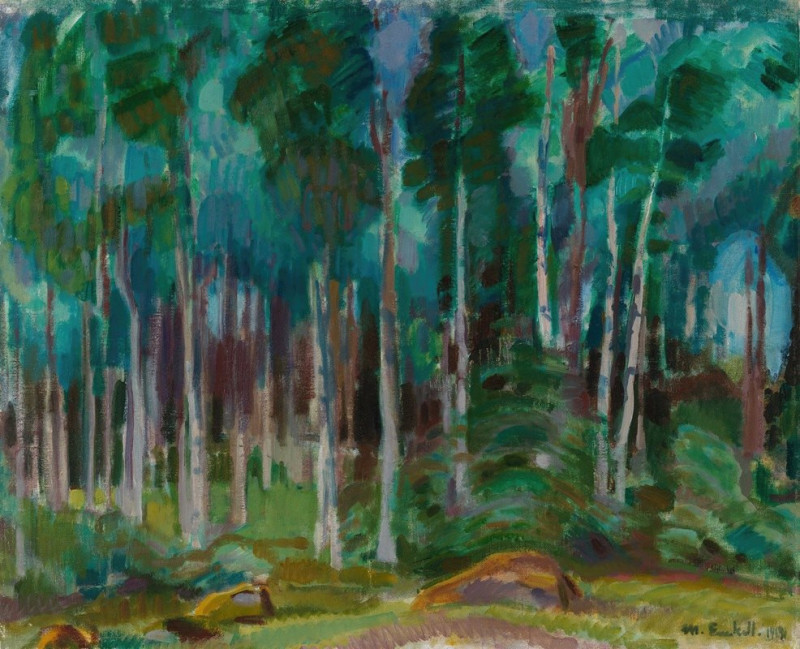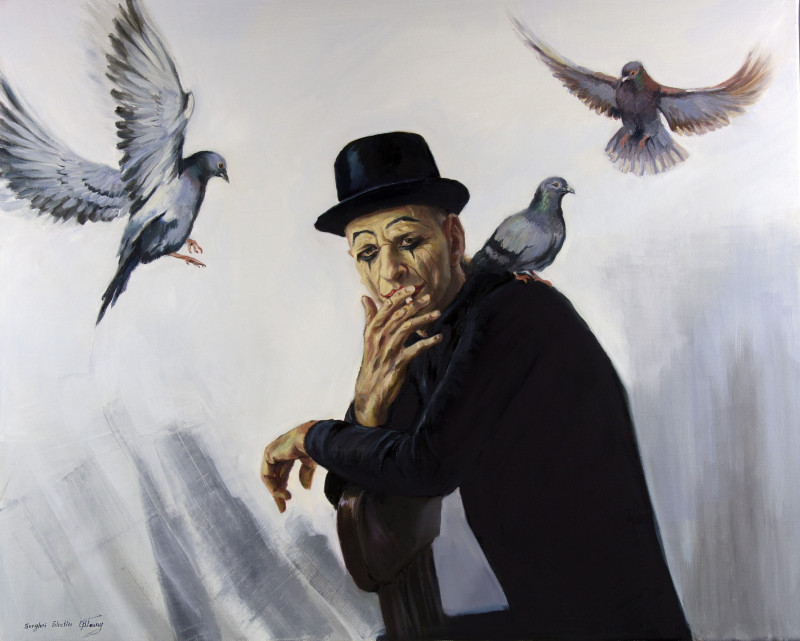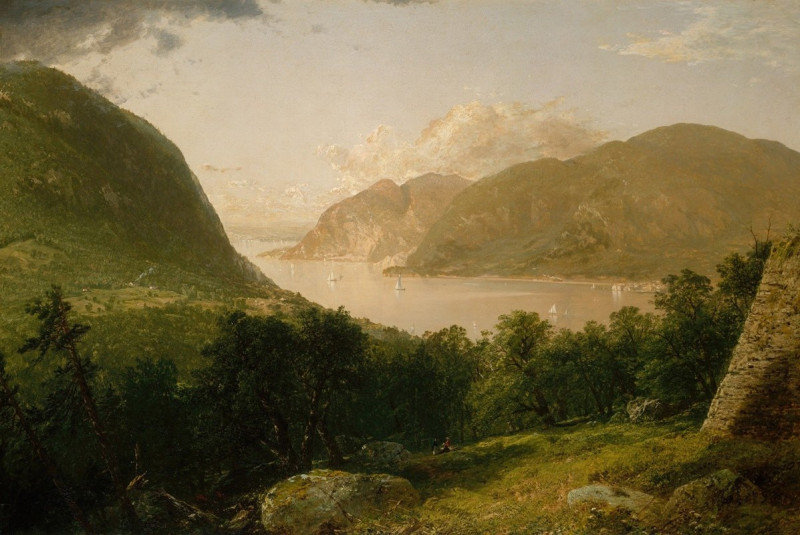The Crucifixion
Technique: Giclée quality print
Recommended by our customers
More about this artwork
Bartolomé Estebán Murillo's "The Crucifixion" is a poignant visual rendering that captures the pathos and somber beauty of this crucial moment in Christian narrative. In this striking depiction, Christ is portrayed on the cross, his body displaying the signs of his physical suffering. His expressions are haunting—conveying agony yet a composed resignation, encapsulating the duality of human and divine.Above His head, the sign "INRI" (Iesus Nazarenus Rex Iudaeorum) marks the Latin inscription which translates to "Jesus the Nazorean, King of the Jews." Murillo’s skillful use of chiaroscuro—the contrast of light and shadow—dramatically highlights the figure of Christ, drawing viewers directly into the emotional core of the painting.Notably, the skull at the base of the cross symbolizes Golgotha, the site of the crucifixion, often interpreted as the place of the skull. This element serves as a stark reminder of death that underscores the painting's theme of sacrifice and redemption.Murillo, known for his religious compositions, has rendered this sacred subject with a tender and humanized approach, inviting contemplation and reverence.
Delivery
Returns
Bartolomé Esteban Murillo (December 1617, January 1, 1618 – April 3, 1682) was a Spanish Baroque painter. Although he is best known for his religious works, Murillo also produced a considerable number of paintings of contemporary women and children. These lively realistic portraits of flower girls, street urchins, and beggars constitute an extensive and appealing record of the everyday life of his times. He also painted two self-portraits, one in the Frick Collection portraying him in his 30s, and one in London's National Gallery portraying him about 20 years later. In 2017–18, the two museums held an exhibition of them.


